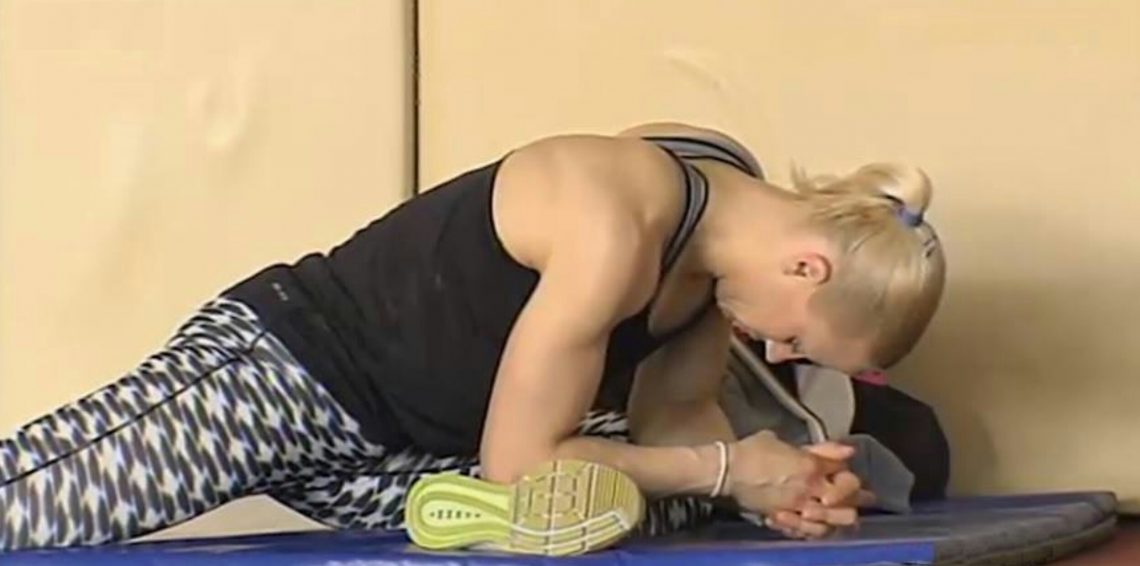Do you warm-up properly before starting your workout? In the training process, no part of it is inferior to another. It all works like a chain and the successful completion of the training depends directly on the correct implementation of each phase.
Everything, of course, starts with the warm-up. When the athlete completes successfully and meticulously the warm-up phase, the chance of injury is minimized and his body is properly prepared to be able to tolerate the training load and and intensity that will follow in order to maximize his athletic performance.
Below I will refer to the warm up of a sprinter.
The warm up is divided into 3 parts:
1. Increase body temperature and activation of metabolic systems (this will be achieved with low-intensity running, duration 6-12min). Of course, the duration of the run depends on the weather conditions, the training cycle in which the athlete is and how he feels at the moment.
2. General preparation of the athlete’s muscles and joints to be able to respond to high intensity exercise (this is achieved by light stretching, agility, and joint mobility exercises).
3. Special preparation, which again includes stretching exercises, agility, special exercises with motion in order to remind / learn the technical running skills. Further activation will include running up to 80m with increasing speed per repetition for the purpose of warming up the athlete for the higher running intensities to follow during the main menu of his workout.
LEARNING
Different types of warm-up can include learning-reminder exercises for what follows in the main workout:
a) improving maximum running speed (stride frequency – stride length)
b) starting technique
c) Improving acceleration capability and the proper running technique during transition from acceleration to maximum speed
d) running technique at maximum intensity, but also during the finish phase
Accordingly, a pole vaulter, for example, will perform exercises with the pole or jumping from short running approach etc.
ADAPTATION
It is possible to “warm up” and prepare for workouts which will focus to the adaptation of the metabolism or the CNS in order to maximize alertness and / or increase energy production of the various systems such as:
a) anaerobic alactate mechanism
b) anaerobic lactate mechanism
c) preparation of the following values:
– maximum strength
– power
– strength endurance
– plyomeometric ability
– frequency and fast movement
This type of stimulus during warming is selected in special cases when what follows in the main workout has high intensity demands.
CRITICAL POINTS
Particular attention should be paid to stretching exercises,agility and the range of motion of the following joints:
a) the hip (165 ° – 175 °)
b) the knee (30 ° – 35 °)
c) the ankle (65th – 75th)
… but also to the elasticity and strength of the following muscle groups (simplified description):
a) Ankle joint muscles (muscles that help high body posture – support to metatarsal bones)
b) Muscles that act on hip flexion and knee lifting
c) Muscles acting on the hip area (support the body, resist gravity upon contact with the ground, and at the same time also exert forward motion of the body forward)
d) Muscles that perform the knee extension and absorb the elastic energy upon impact on the ground
e) Muscles that flex the knee during the cyclical return phase from the back support to the anterior position
It is understood, as in the above description, as in other sports, warm-up should include in the last phase specialized exercises (e.g. football, basketball, etc.) depending on the nature of the sport.
